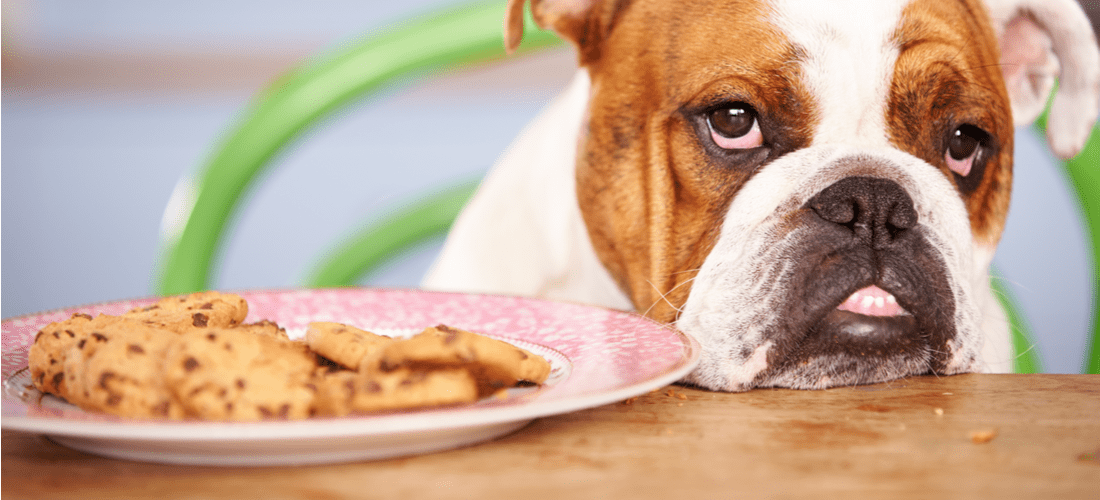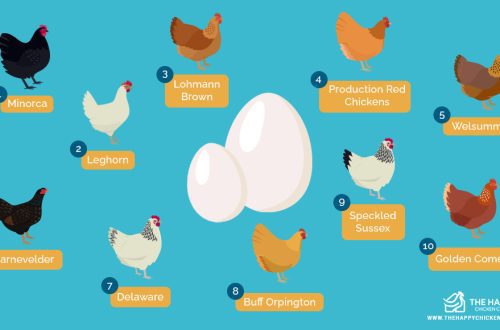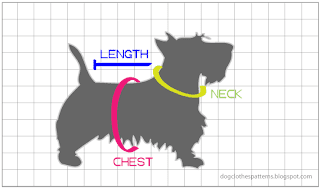
Why dogs can’t have chocolate and sweets: we understand the reasons
Why can’t dogs have chocolate and sweets if they are so insistent on begging for them? Would an animal ask for something that would hurt him? In fact, I assure you, it will. Pets often beg for something, making touching grimaces, because of excitement, gluttony, etc. And even far from healthy food can become the object of such attacks. And, of course, it is worth understanding what exactly is harmful sweet.
Contents
Why can’t dogs have chocolate? and sweet: we understand the reasons
Offered understand the reasons why harmful sweets:
- In order to clearly understand why dogs can’t have chocolate and sweets, you need to understand first that these animals do not have an enzyme that can digest cocoa beans. For example, the human body is able to quickly metabolize theobromine, a component that certainly needs to be processed. For a person in small quantities, theobromine is even useful! But the dog’s body cannot convert it into anything, as a result of which theobromine accumulates. Accumulating in the tissues, it can have a toxic effect on the dog.
- In addition to theobromine, chocolate and sweets based on it also contain caffeine. And this, in turn, is a violation of the heart, a feeling of constant thirst, frequent urination. There is also hyperactivity, which is also unlikely to cause joy among the owners. In particularly difficult cases, caffeine can even lead to convulsions and death! That’s right: some dogs are categorically not disposed to the perception of such a component. Moreover, dark chocolate, according to experts, is much more dangerous for a pet than milk chocolate.
- Endocrine diseases will not take long if the dog is fond of sweets. Especially if the animal is predisposed to diabetes. Violation of the balance of beneficial nutrients, which is bound to form, is guaranteed to lead to excess weight. And it will lead, in addition to diabetes, to a host of other ailments.
- The kidneys and liver also suffer. For example, liver lipidosis may occur – this is a direct consequence of obesity, which, as we have already found out, leads to chocolate. It is quite possible that the pancreas will also suffer – pancreatitis often occurs, for example.
- Giving chocolate and other sweets should also not be because this often leads to a violation of the so-called “eating behavior”. That is, the dog gets used to constantly spinning at the table, begging for goodies. He ceases to take the word “no” seriously and completely ignores the correct diet. And sweet, by the way, often causes addiction in dogs.
- Do not forget also that many sweets contain artificial flavor and aroma enhancers. And if for a person they are relatively safe, for a dog their use can end in failure.
- Nuts and raisins are also often found in chocolates. And these components can cause, for example, bloating, it is quite capable of leading to diarrhea.

What if the dog is everything ate sweets
But what to do if it fails follow the dog, and she still overate sweet?
- For The first step is to assess the potential risks. It is believed that 60 mg of theobromine per a kilogram of the dog’s weight is still quite allowed. The main thing is that such the dose was not increased. Next you need see what kind of chocolate you ate animal. 100 g of black contains from 0,9 g to 1,35 g theobromine, in 100 g milk – from 0,15 g to 0,23 g. In the white of this substance no at all. But I would not even give such chocolate advised, because there are still various chemical enhancers.
- Also you need to see how much xylint – sweetener – contained in the dessert. It is believed that 0,1 mg per kilogram of body weight allowed. Anything more can lead to negative consequences.
- It should be take a look at the condition of the animal. It may well be that the dog feels well if she is in good health and she occasionally eats sweets. But arrhythmia, thirst, frequent urination, vomiting, unusual agitation, diarrhea, bloating and even pain in the area belly are sure signs severe intoxication.
- Certainly, urgent need to contact a specialist, if the condition of the animal causes concerns. But before coming to the doctor, it does not hurt to try rid your pet of the cause of poisoning. So, you can induce vomiting artificially way. To do this, dissolve in water salt, soda in a ratio of 1: 1, giving it to drink doggy. Another good option is give absorbent. For example, it helps familiar activated charcoal.
- If the dog has a dull coat, irritation, rashes and peeling, mucous discharge, bad smell, So it’s not a poisoning, it’s an allergy. This can happen if you give sweet in small doses, but often. It is recommended in this case immediately stop eating – usually this is quite enough.
Confidence to the instinct of the animal sometimes plays with us a bad joke. Trusting pets, we We might accidentally hurt them. That’s why it is especially important to understand how certain products affect health and behavior of pets.





